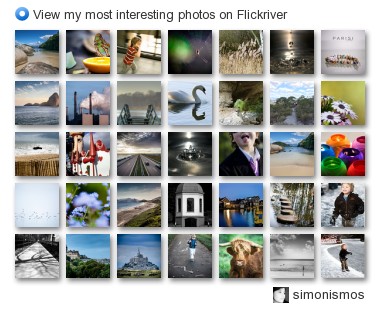Saturday, May 7
Danish and Design
A quick visit to a Danish kitchen store reminded me that:
1) My place-mats were old and ugly
2) The Danish really know how to make design
3) I can't visit kitchen stores any more because we go bankrupt
I fell in love by Poul Pava's illustrations. They jumped from the rest (at least for me) and I decided that the time to change my place-mats has finally come. So I did it! Every day we are going to appreciate the nice child messages from Poul.
But this post is more to talk about high ISO and low image quality.
I have not elaborated on this picture because I don't want people to take it and use it... so there is a reflex and the colors and quality are terrible!
But there is something else you don't see here (because I have corrected) and it is called digital noise (on the image below you can see it): the small grains on the image that give it a "rough" expression.
It is always nice to have a camera that is capable of taking pictures on low light conditions: at night or into dark places. The Canon 400D goes up to ISO 1600 and the 5D MII is able to go up to ISO 6400 (or 12800).
But one mistake I made was to think I could combine a high ISO AND a lower shutter speed... oh I have spoiled so many images with this technique!
If you have a tripod and your subject doesn't move, use always the lowest possible ISO. Firm your camera and let it expose for the time it needs to process the image.
If your subject moves, set the camera to a high ISO but observe the shutter speed: it can't be too slow. Not less than 1/15s.
Why? Because you are not only getting grain but also spoiling and burning more pixels than you can recover later with your software.
As long as you expose an image, as more pixels you "burn", causing a plaster effect later one when trying to remove the noise.
Technology is here to help us: a lot has changed on the camera's sensors on the past years. And also the software have better algorithms to recover from noise. But don't be silly: a lost pixel is always a lost pixel. The best software in the world has a program that is able to "guess" what the value of a lost pixel would be but if you loose too many of them, and they are close by each other, you will end up with a "plasticized" image. If you like painting, go ahead!
By the way, this plasticized look-and-feel on the images is what most of the point-and-shoot cameras have been giving us nowadays with their programs that are so aggressive when processing the jpg images that a person with a dark skin can resemble Snow White.... I don't quite like it but well, it's a matter of taste.
Subscribe to:
Post Comments (Atom)


No comments:
Post a Comment